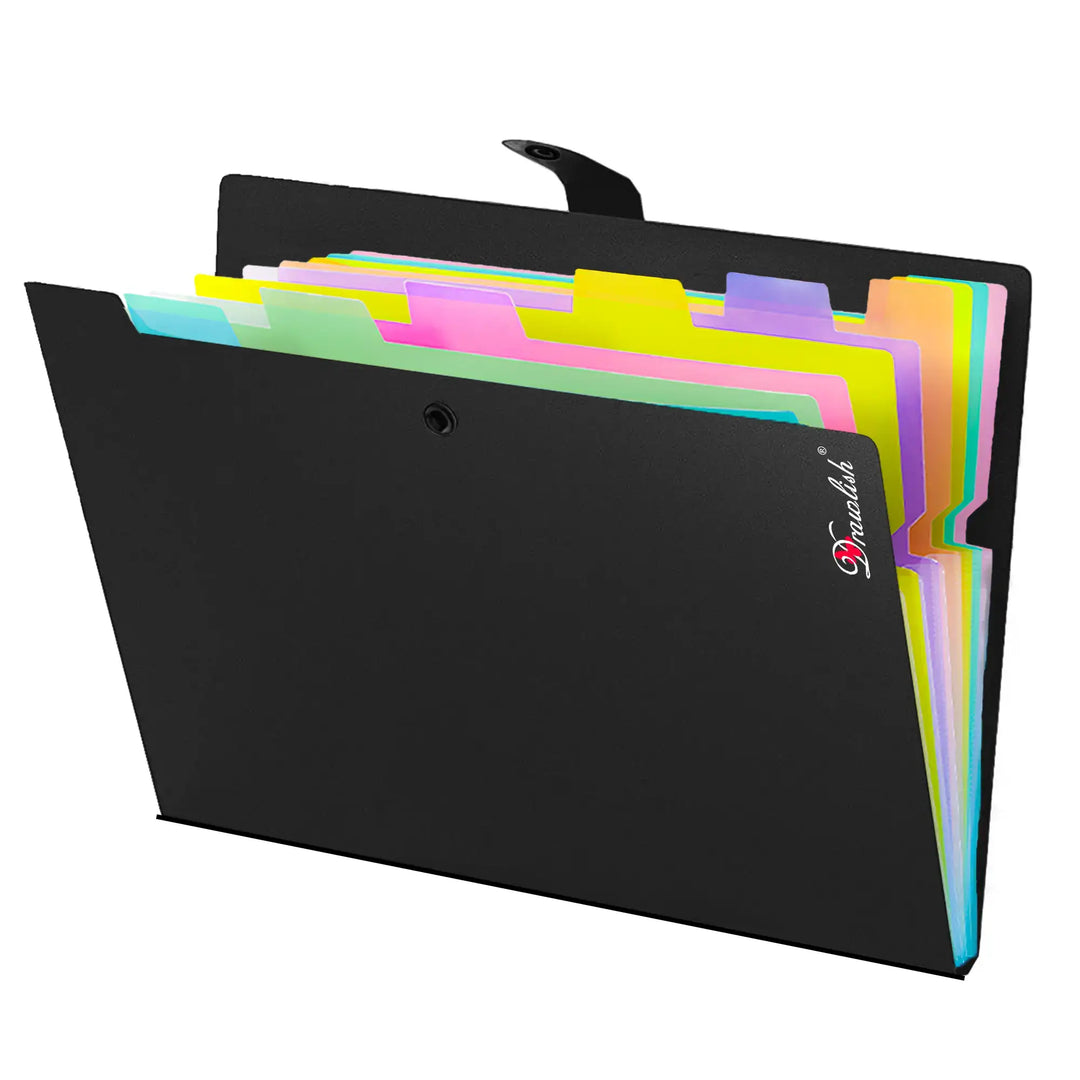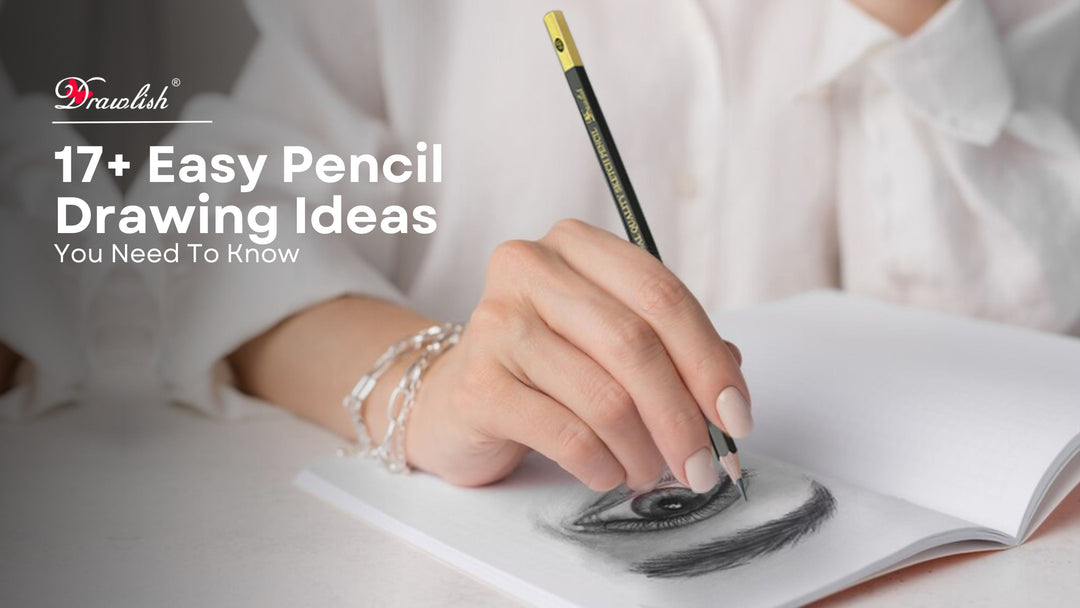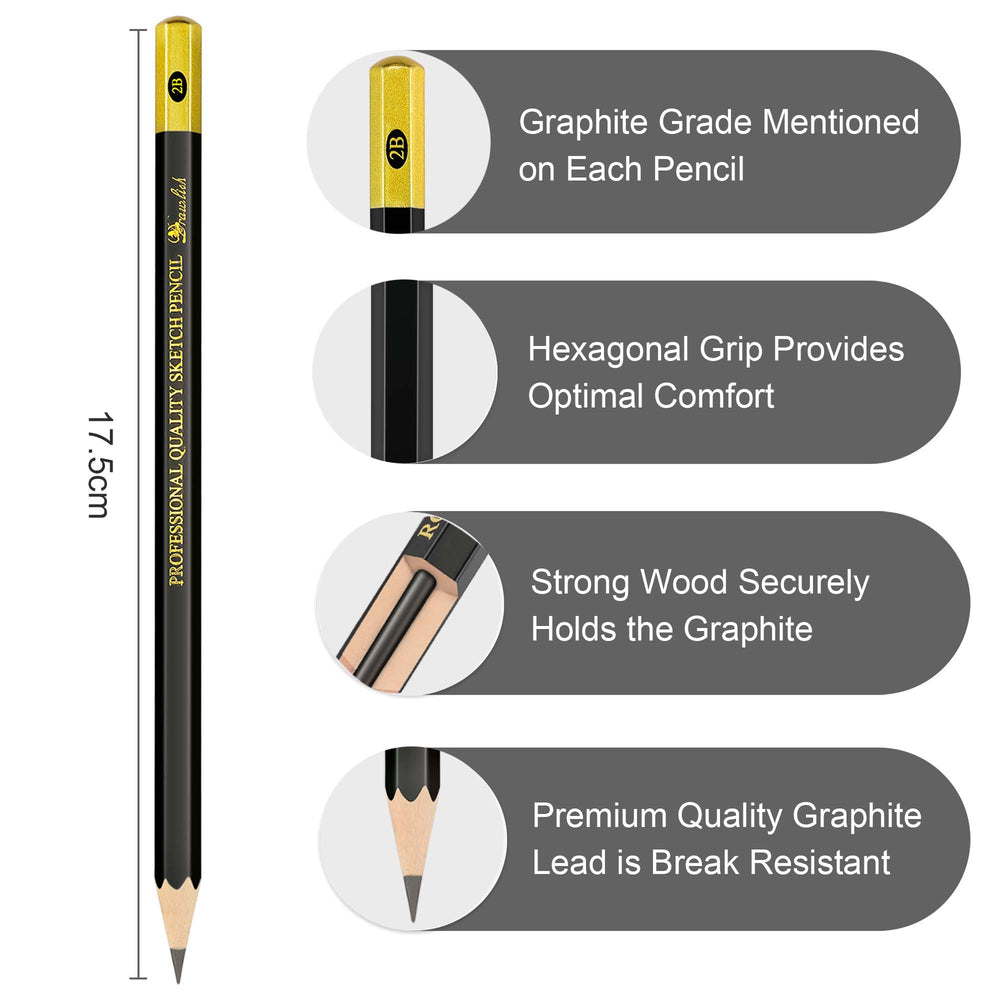How to Get Acrylic Paint to Move Smoothly: Tips & Tricks
Ever find yourself struggling to get that smooth, buttery finish with acrylic paint? You’re not alone. When I first started using acrylics, I loved the colors but hated how stubborn the paint could be. It would dry too fast, get streaky, and refused to blend like I wanted. But with a bit of practice and experimenting with the right techniques and tools, I found ways to make acrylic paint glide across the canvas like a dream.
In this blog, I’ll share the tips and tricks I’ve picked up along the way to help you get acrylic paint to move smoothly. I’ll cover everything from color blending to the best supplies, and even 11 different blending techniques that can take your artwork to the next level. Let’s dive in!
What is Color Blending?
Color blending is simply the art of transitioning two or more colors into each other smoothly, so they appear as one continuous gradient. It's a crucial skill for artists who want to add depth, texture, and realism to their work. But let’s be real: it’s not always easy, especially with acrylic paint, which dries super fast compared to other mediums like oil.
I remember trying to blend a sunset sky for the first time. It was an absolute mess! The colors dried halfway through, and instead of a soft gradient, I had hard, ugly lines between each shade. It was frustrating, but once I understood the techniques, blending became much smoother (pun intended).

What to Use to Blend Acrylic Paint
The good news is that acrylic paint is incredibly versatile, and you don’t need fancy, expensive tools to blend it. The real trick lies in controlling the paint’s consistency and working quickly. Here’s what you’ll need to achieve a smooth blend:
-
Acrylic Paints: Not all acrylics are created equal. I personally use Drawlish Acrylic Paint because they have a rich consistency that’s perfect for blending. They don’t dry too quickly, and the pigments are vibrant, making it easier to create smooth transitions.
-
Water: Believe it or not, water is your best friend when it comes to blending acrylics. You can thin the paint down for softer blends and use a damp brush to keep the paint workable for longer.
-
Acrylic Medium: If water isn’t giving you the effect you want, you might want to try an acrylic medium like gloss gel or blending fluid. These slow down the drying process and keep the paint smoother for longer.
-
Brushes: A good brush makes all the difference. I recommend using a flat or round brush, depending on the size of the area you’re working on. Make sure it’s clean and soft for the best results.

Supplies to Blend Acrylic Paint
Let’s take a closer look at the essential supplies you'll need. I’ve broken it down into a simple table to help you find the right tools for your blending needs:
| Supplies | Purpose |
| Drawlish Acrylic Paint | High-quality, rich consistency paint that makes blending easier. |
| Acrylic Mediums | Gloss gel or slow-drying medium for smoother transitions. |
| Water and Spray Bottle | Keeps the paint wet longer for smoother blending. |
| Flat and Round Brushes | Soft, clean brushes for different areas and blending techniques. |
| Palette Knives | Great for mixing colors and creating textured blends directly on the canvas. |
| Paper Towels/Rags | For wiping off excess paint or adjusting moisture levels while blending. |

11 Blending Techniques
Blending acrylic paint can be done in multiple ways, depending on the effect you want. Here are 11 different blending techniques you can try:
-
Wet-on-Wet Blending: This technique involves applying wet paint over an already wet layer. The colors blend more easily, creating smooth transitions.
-
Dry Brushing: Use a dry brush with very little paint to blend colors in a soft, feathery way. This is great for creating texture.
-
Feathering: Lightly drag a dry or damp brush over the edges of two colors to blend them together softly.
-
Scumbling: With a dry brush and little paint, lightly drag across the canvas in a circular motion to blend colors subtly.
-
Layering: Paint one layer, let it dry, and then blend a second layer over it. Acrylics are great for this because they dry quickly!
-
Blending Mediums: Adding a slow-drying blending medium to your acrylic paint gives you more time to work with the colors and create smooth gradients.
-
Finger Blending: Don’t be afraid to get hands-on! Sometimes, using your finger to softly blend edges can be incredibly effective.
-
Cross-hatching: Use crisscross strokes to blend colors together gradually. This works best with slightly diluted paint.
-
Palette Knife Blending: Using a palette knife, mix colors on the canvas itself for a more textured blend.
-
Sponging: Dabbing a sponge over two colors creates a stippled, blended effect, perfect for clouds or textured backgrounds.
-
Glazing: Thin down your acrylics with water or medium and apply translucent layers over one another for smooth, luminous blends.

Tips For Seamless Blending
-
Work Fast: Acrylics dry quickly, so time is of the essence! Have all your supplies ready, and keep your brushes damp so the paint doesn’t dry out too fast.
-
Thin Layers: It’s easier to blend thin layers of paint than thick, gloopy ones. Start light and build up the color slowly.
-
Use a Spray Bottle: A quick spritz of water can keep your paint workable for longer, especially when blending large areas.
-
Start With Wet Paint: Blending is much easier when both colors are still wet. Try to keep one color wet while applying the next to ensure a seamless transition.
-
Practice Patience: Blending takes time and practice to master, so don’t be discouraged if your first few attempts aren’t perfect. Keep trying different techniques until you find what works best for you.
Watch drawlish video tutorials to master blending with acrylic paint!
Whether you’re working on a landscape painting or just trying to nail that perfect gradient, smooth blending with acrylic paint is all about practice, patience, and the right tools. I hope these tips help make your acrylic painting experience more enjoyable. And if you’re looking for more inspiration or tutorials, check out the related blogs:







Leave a comment